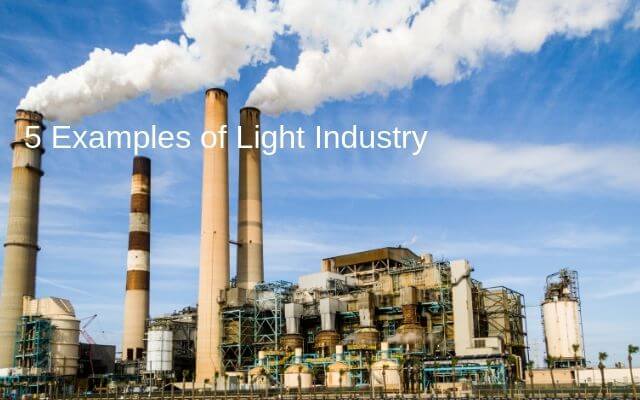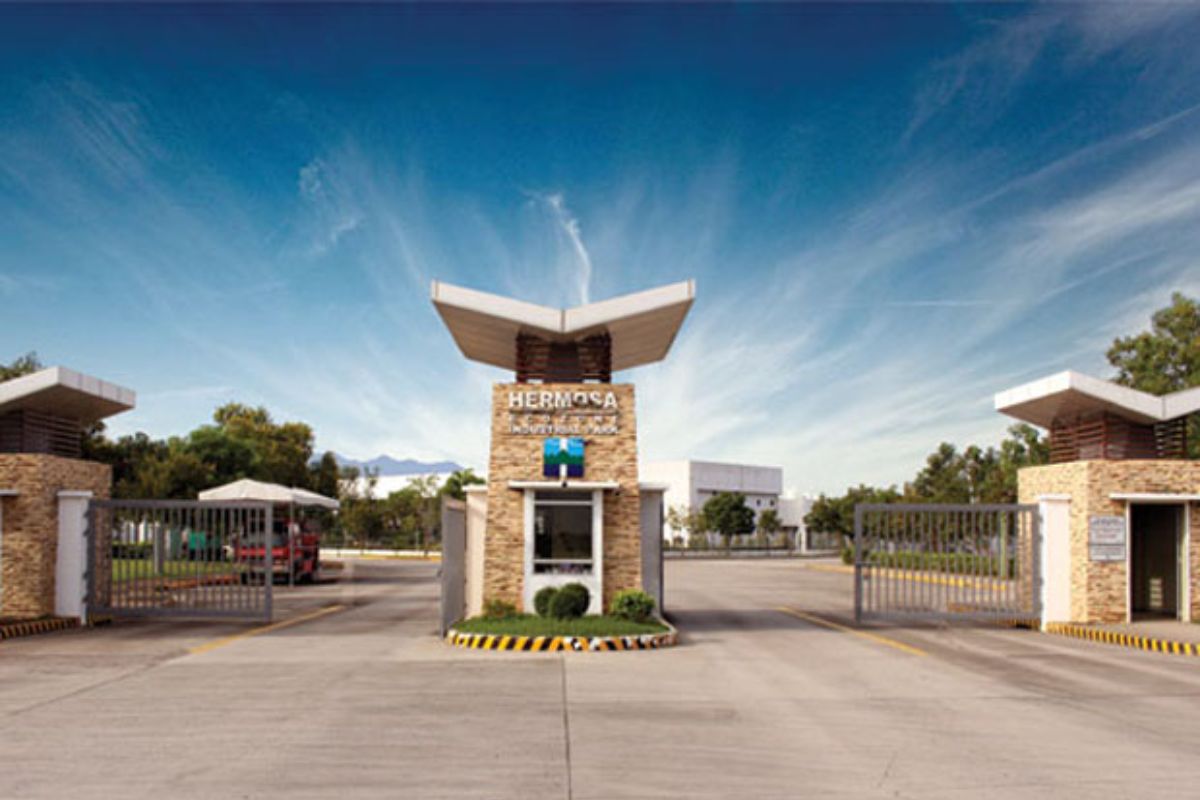Here at Science Park of the Philippines, we deal a lot with light industry. Light industry is industries that are usually less capital-income intensive than heavy industry, and is more raw material-oriented than business-oriented, since it typically produces smaller consumer goods. In simpler terms, it deals with the manufacturing of small or light articles or consumer goods.
Light industries require fewer raw materials, space, and power. Light industry facilities typically have less environmental impact than those associated with heavy industry, and zoning laws are more likely to permit light industry near residential areas.
To have a better grasp of what a light industry typically is, here are 5 examples:
Consumer Durables
Anything sold to consumers is always a light industry including relatively large products such as refrigerators. Consumer durables are a category of consumer products that do not have to be purchased frequently because they are made to last for an extended period of time. Since they’re made to last, durable goods are typically more expensive than non-durable goods that have to be purchased over and over again. They usually represent big-ticket items, both consumers and businesses will typically make these purchases only when they are confident, they can afford them.
Construction
Did you know that construction can be a light industry? Construction differs from manufacturing in a way that manufacturing typically involves mass production of similar items without a designated purchaser, while construction typically takes place on location for a known client. The construction of large-scale facilities such as a port is heavy industry, but any other construction is light industry including the construction of buildings.
Electronics
Consumer electronics or home electronics either analog or digital are electronic equipment intended for everyday use, usually in private homes. Consumer electronics include entertainment devices like flat-screen TVs, DVD players, video games, remote control cars, etc. They also include communication devices like telephones, cell phones, e-mail-capable laptops, etc. The manufacturing of consumer electronics is a light industry.
Business Products
It is a common misconception that all products marketed to businesses are heavy industry. However, there are some business products classified as light industry. For example, firms that manufacture business furniture are examples of light industry. The same goes for companies that manufacture office supplies and other reasonably small business materials.
Energy
The energy industry is the totality of all industries involved in the production and sale of energy, including fuel extraction, manufacturing, and refining and distribution. It is very extensive and includes most heavy industries. Even old energy industries such as coal and oil are heavy industry. However, innovative new energy industries such as solar panel manufacturing are light industry and have the benefit of being less capital intensive. Other examples include biomass, hydroelectricity, geothermal power, solar heating, wind power, solar thermal power, and other modern forms of bioenergy.
Additionally, we have published an article regarding the difference between light and heavy industry. Check it out here.



